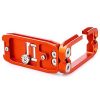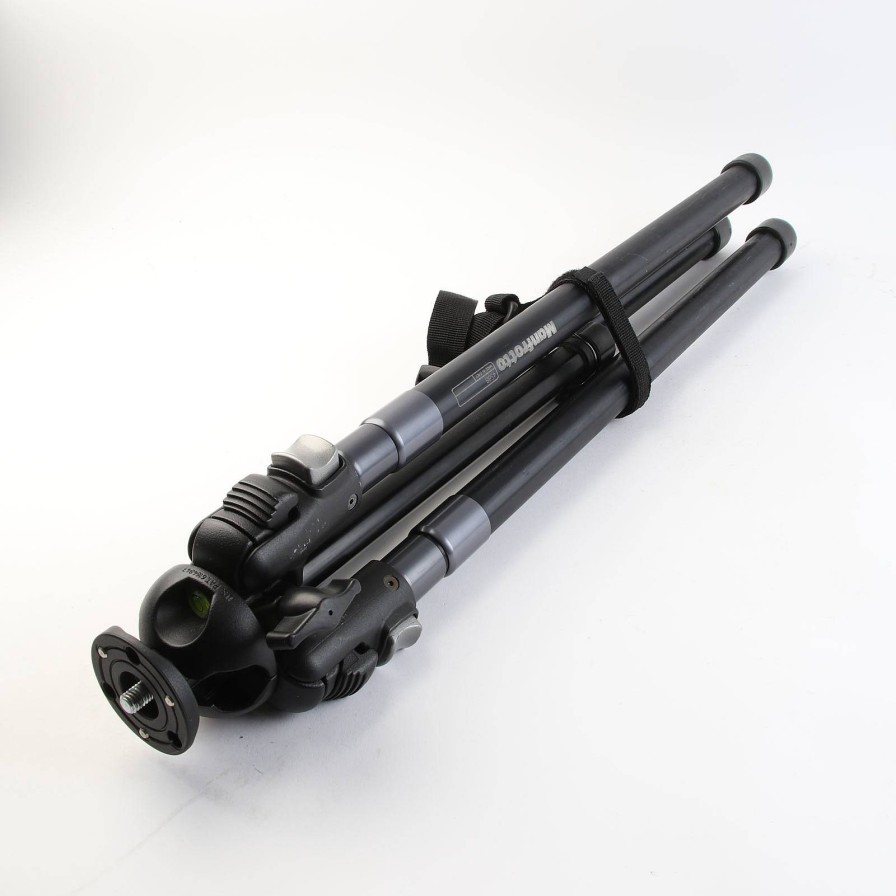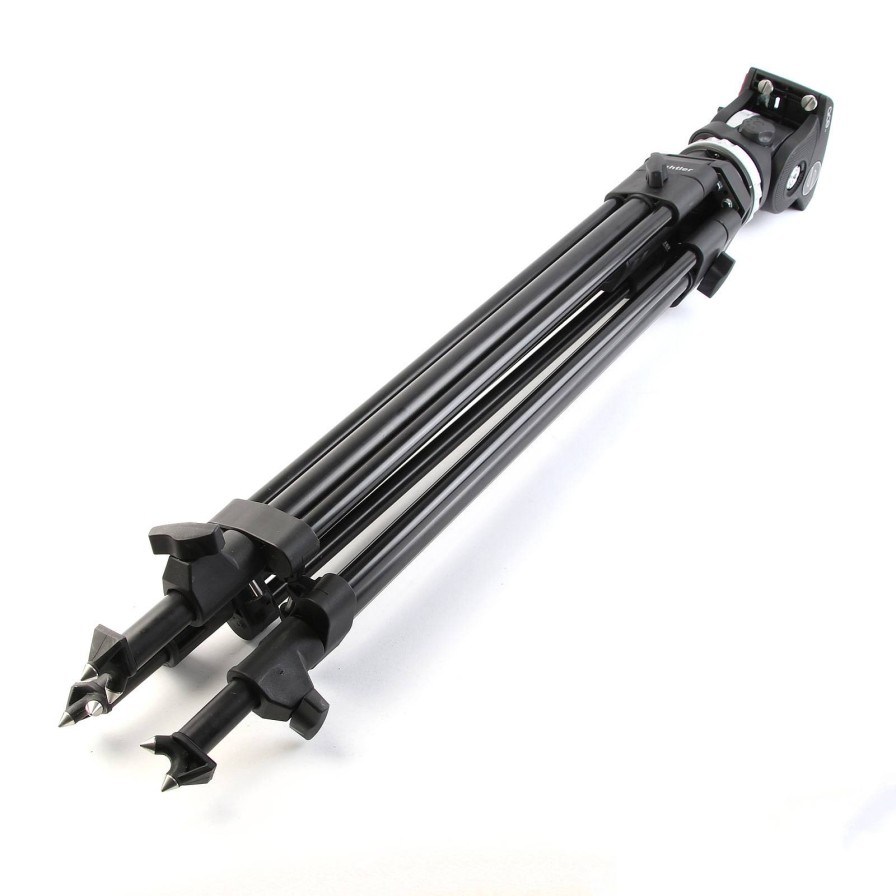Wimberley Wimberley The Plamp Ii | Tripod Accessories
£64.00 £38.40
Wimberley Wimberley The Plamp Ii | Tripod Accessories

Finally There Is A Way To Stabilise Those Aggravating Windblown Subjects! The Plamp Ii Is An Easily Positionable Arm Which Can Be Used To Hold Macro Subjects And Other Useful Objects. One End Of The Plamp Clamps To Your Tripod While The Other Grasps The Object. One Day In The Field With A Plamp (Or Two) And You Will Begin To Realise Its Full Potential. The Wimberley Plamp Ii Is A Must For Any Macro Enthusiast.
Key Features: Wimberley Pp-200 The Plamp Ii
- Stabilise Windblown Subjects
- Adjust The Position Or Angle Of Your Subject
- Move Background Objects And Obstructing Foliage
- Great For Studio Use – Holds Reflectors, Graduated Filters, And Lens Shades
Using Your Plamp:
The Plamp’S Large Clamp Can Be Attached To Essentially Anything That Will Fit In Its Jaws. This Includes Nearly Every Tripod On The Market, Tree Branches, Furniture, Stakes Driven Into The Ground, Vegetation, Etc. The Plamp Is Designed To Attach To Your Own Tripod But It Is Often Handy To Attach It To A Second Tripod So That You Are Free To Move Your Tripod Around Without Affecting The Subject.
Positioning The Arm Of The Plamp:
The Arm Of The Plamp Is Made Of Loc-Line Ball-And-Socket Segmented Tubing. To Position The Arm, Simply Bend It To The Desired Position And Let Go.
Grasping Your Subject:
Apply Pressure To The Sides Of The Green Clamp At The End Of The Arm. This Will Open The Jaws Of The Clam. Slide The Stem Or Leaf Of Your Subject Between The Clamp’S Jaws, Let Go.To Grasp A Particularly Delicate Plant Leaf Or Flower Petal You Can Make The Jaws Of The Plamp Softer And Flatter By Inserting A Folded Piece Of Heavy Paper Betwee The Jaws Of The Clamp. If You Are Having A Hard Time Positioning The Plamp So That The Green Clamp Is Not In The Picture Frame You May Want To Wrap A Loop Of Grass Around Your Subject To Steady It. Alternatively, You May Want To Use A Forked Branch Or Twig With A Bud To Prop Up Your Subject. You Can Also Use A Selection Of Household Items Such As Rubber Bands, String, Pipe Cleaners And Twist Ties Instead Of Grass And Twigs.
Shortening Your Plamp:
The Segmented Arm Of Your Plamp Is Approximately 19″ Long. If You Do Not Need All This Length, We Encourage You To Shorten Your Plamp. To Shorten The Arm, Bend The Arm Sharply Until It Snaps In Two (Do Not Worry, You Will Not Hurt The Plamp), Remove A Length And Reconnect The Pieces.
Reconnecting The Ball-And-Socket Joints Of Your Plamp:
If You Have A Hard Time Reconnection The Joints (We Realise It Takes Quite A Bit Of Force), It Helps To Place Your Fists (Each Holding Half Of The Plamp As Close To The Broken Joint As Possible) Between Your Knees. Squeeze Your Knees Together Forcefully As You Force The Joints Together With Your Hands. If This Does Not Work, You Can Warm The Socket End In Hot Water Or In Your Car On A Hot Day. This Will Cause The Socket To Expand And Make It Easier To Pop The Ball Into Place.
An Important Note For 180Mm And 200Mm Lens Users:
If You Need More Reach (E.G. If You Are Using A 180Mm Or 200Mm Macro Lens), You Have Three Options. The First Option Is To Attach The Plamp To An Object Other Than Your Own Tripod. The Second Option Is To Extend One Of The Legs Of Your Tripod Toward Your Subject And Then Attach The Plamp Further Down The Leg Of Your Tripod And Thus Closer To Your Subject. The Third Option Is To Extend The Length Of Your Plamp By Adding Extra Links To Its Arm. The Trade-Off To Adding Extra Length To Your Plamp Is That It Becomes Less Rigid.
A Word Of Warning About Vibrations:
If You Are Using Your Plamp On A Very Light Tripod Or On A Fully-Extended Tripod It Is Possible For Vibrations From Mirror Slap To Translate Through Your Plamp To Your Subject. If This Is The Case You Will Be Able To See Your Subject Vibrate When You Snap The Picture. If You Are Having Problems With This You May Want To Use Mirror Lock- Up (If Your Camera Has This Feature) Or You Can Attach The Plamp To An Object Which Is Not Connected To Your Camera (E.G. A Second Tripod Or A Stake Driven Into The Ground
Being Able To Steady And Position Your Subjects Really Opens Up The World Of Macro Photography. Steadying A Plant In The Wind Can Make An Impossible Shot Possible. A Small Change In The Orientation Of Your Subject Or Its Surroundings Can Make The Difference Between An Ok Shot And A Great Shot.




















Reviews
There are no reviews yet.